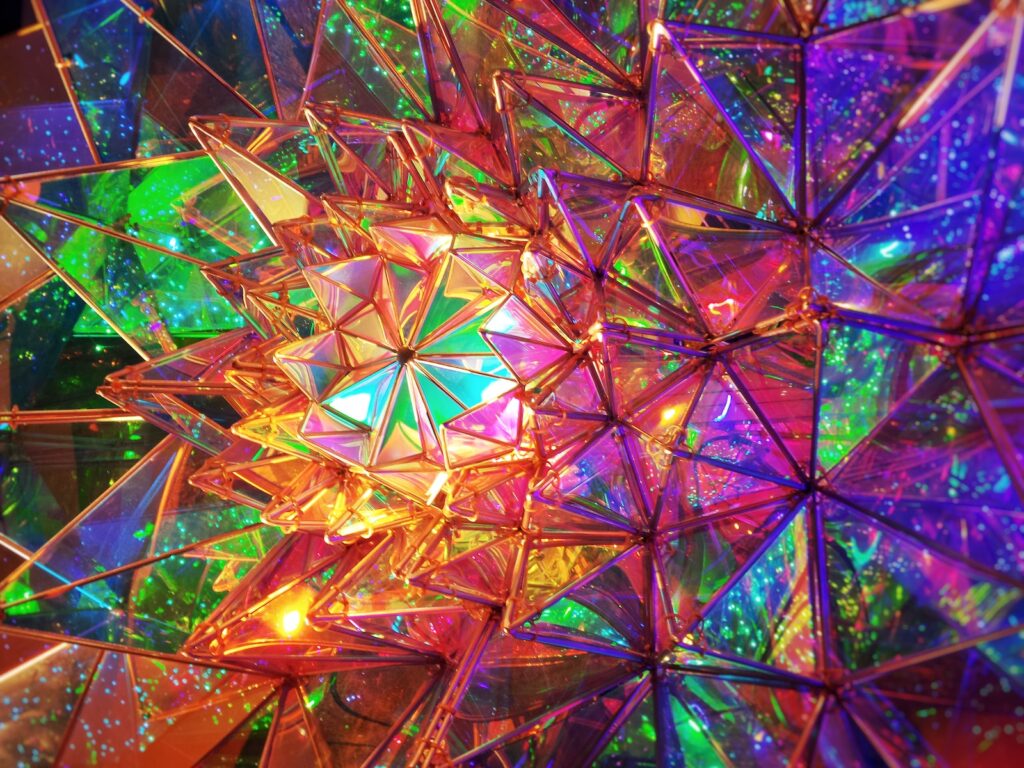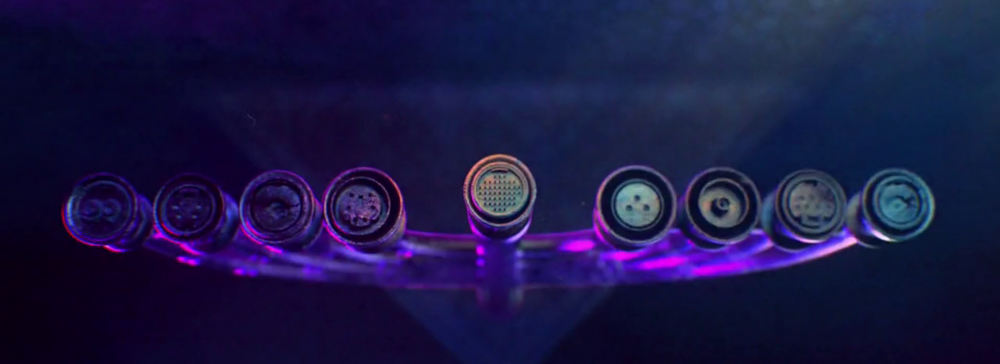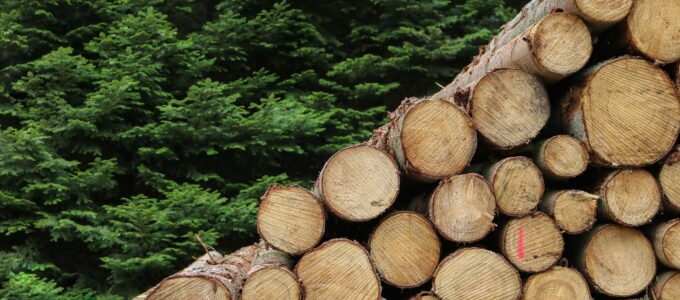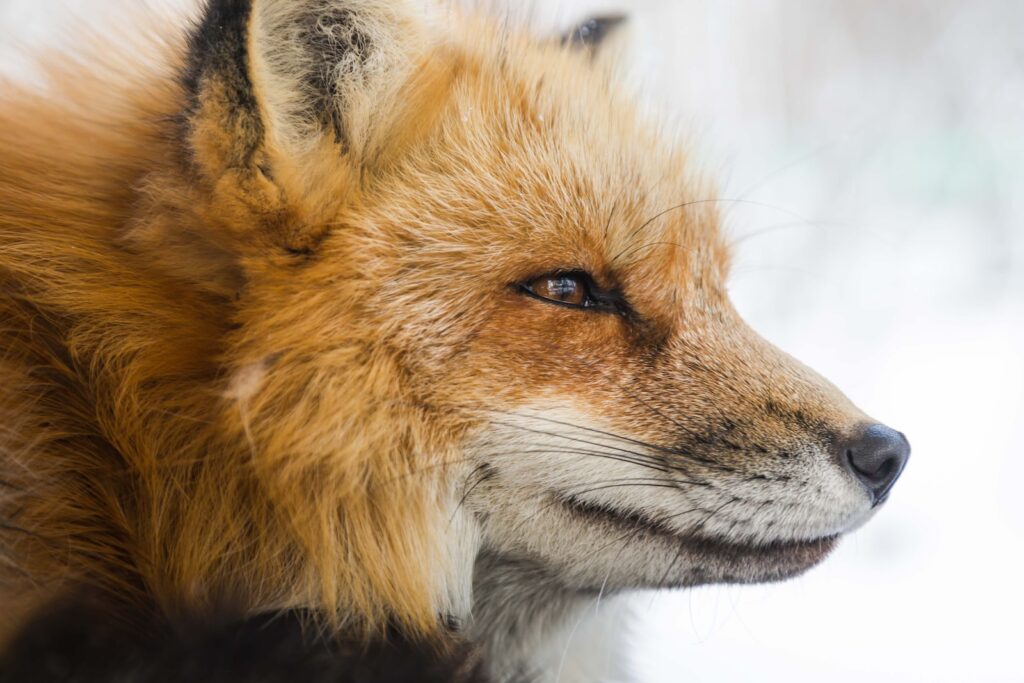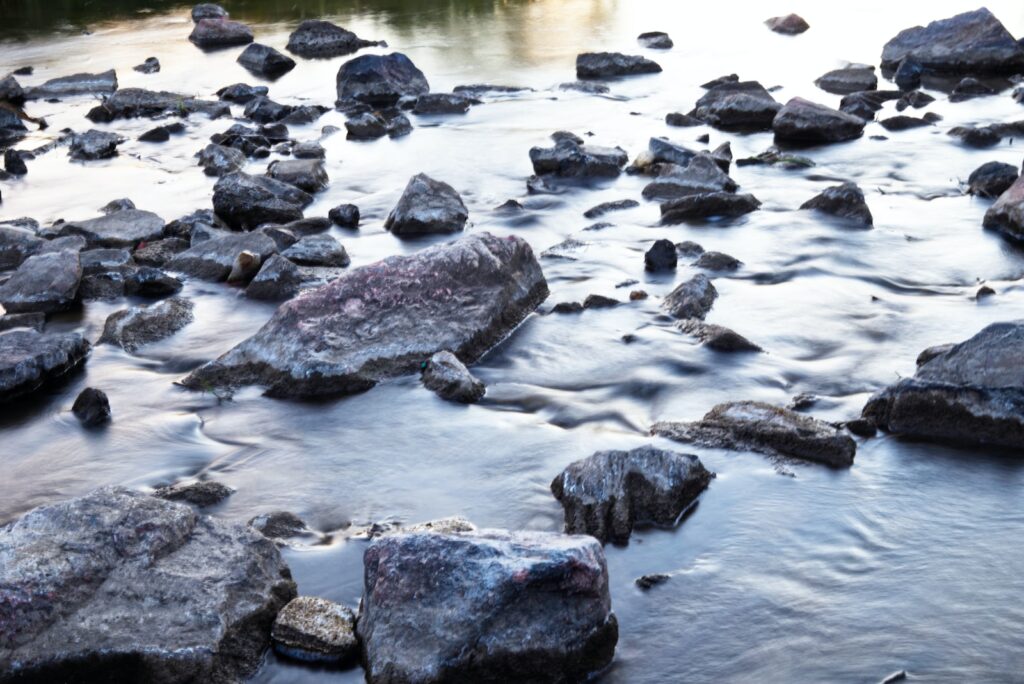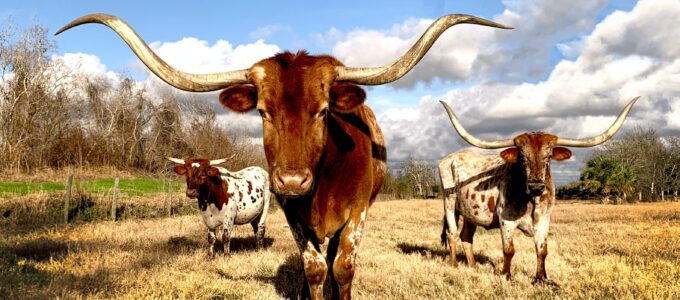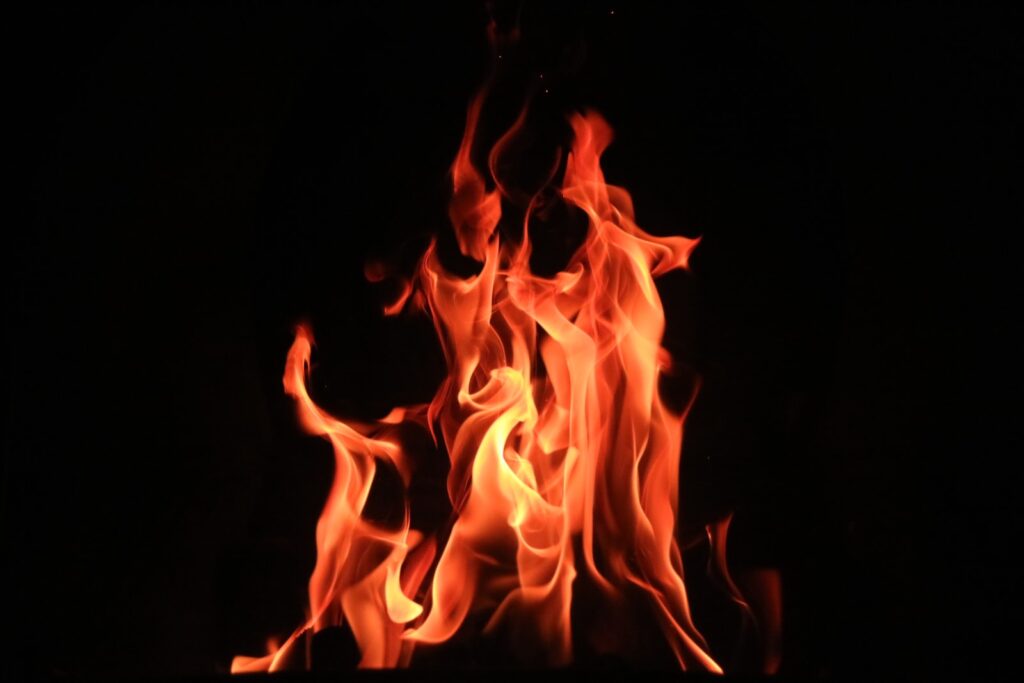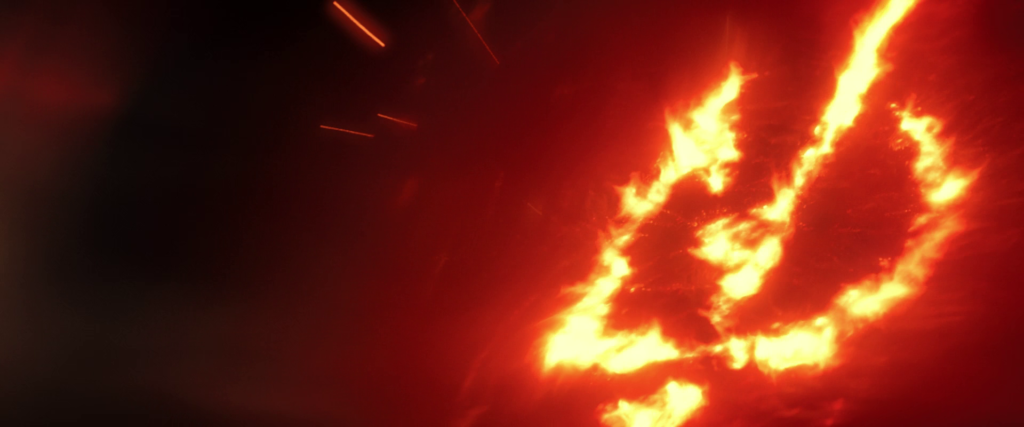I’ve known about Clojure multimethods of course, but I never really used them much. I didn’t really have data that I’d need polymorphism like multimethods to handle, and when I did need something like that I’d use protocols. However protocols dispatch based on class, so when I faced the problem of handling ActivityPub objects that are all maps, it was time for defmulti to save the day.
